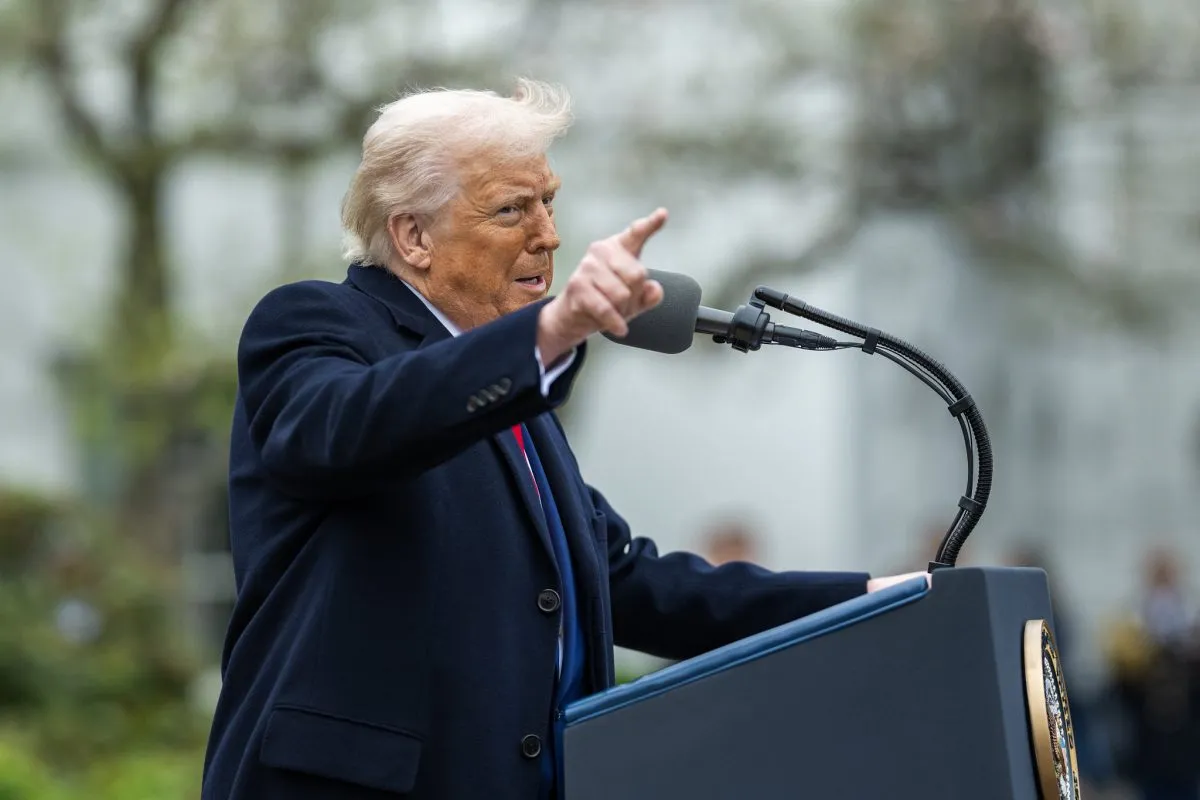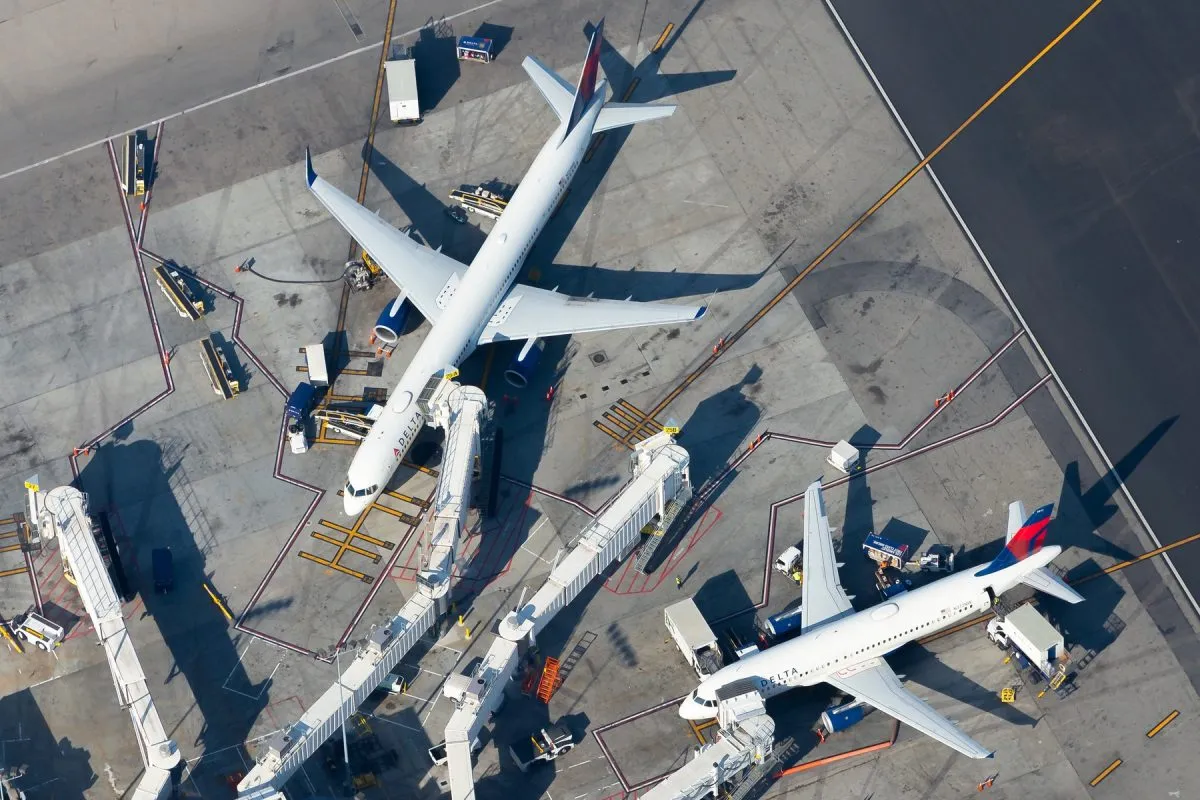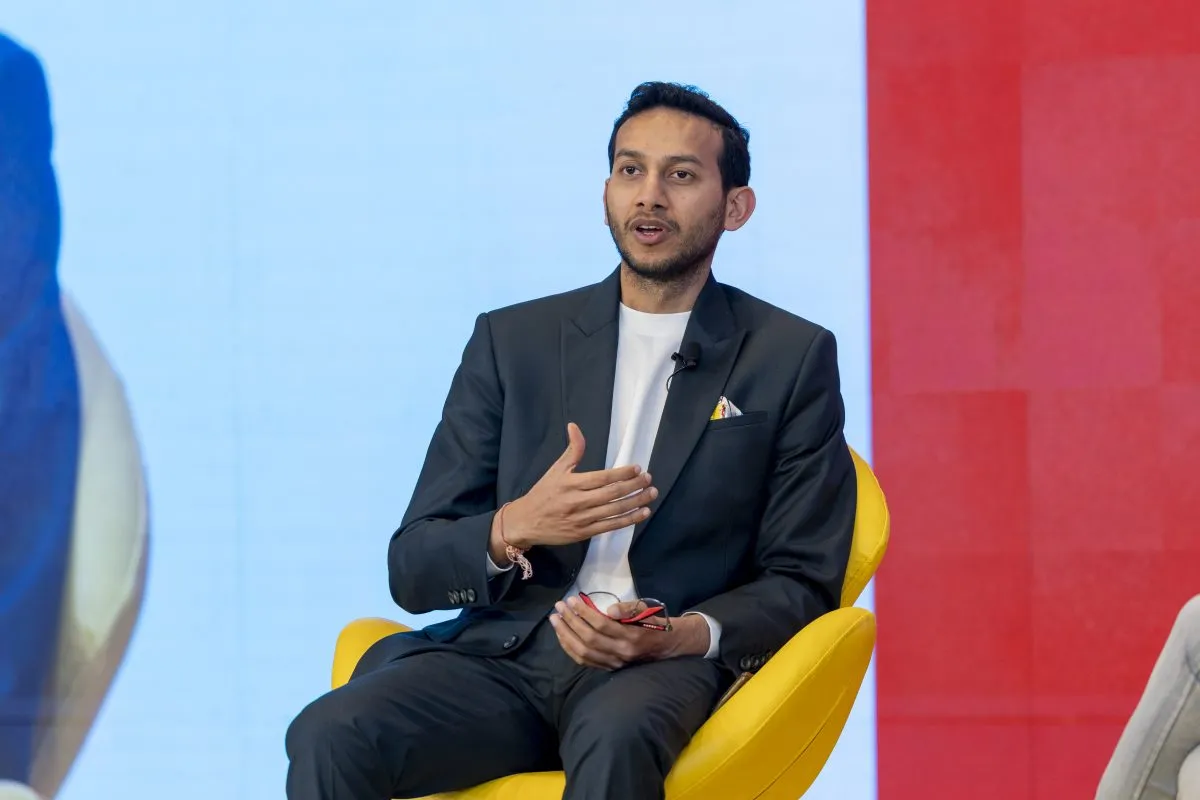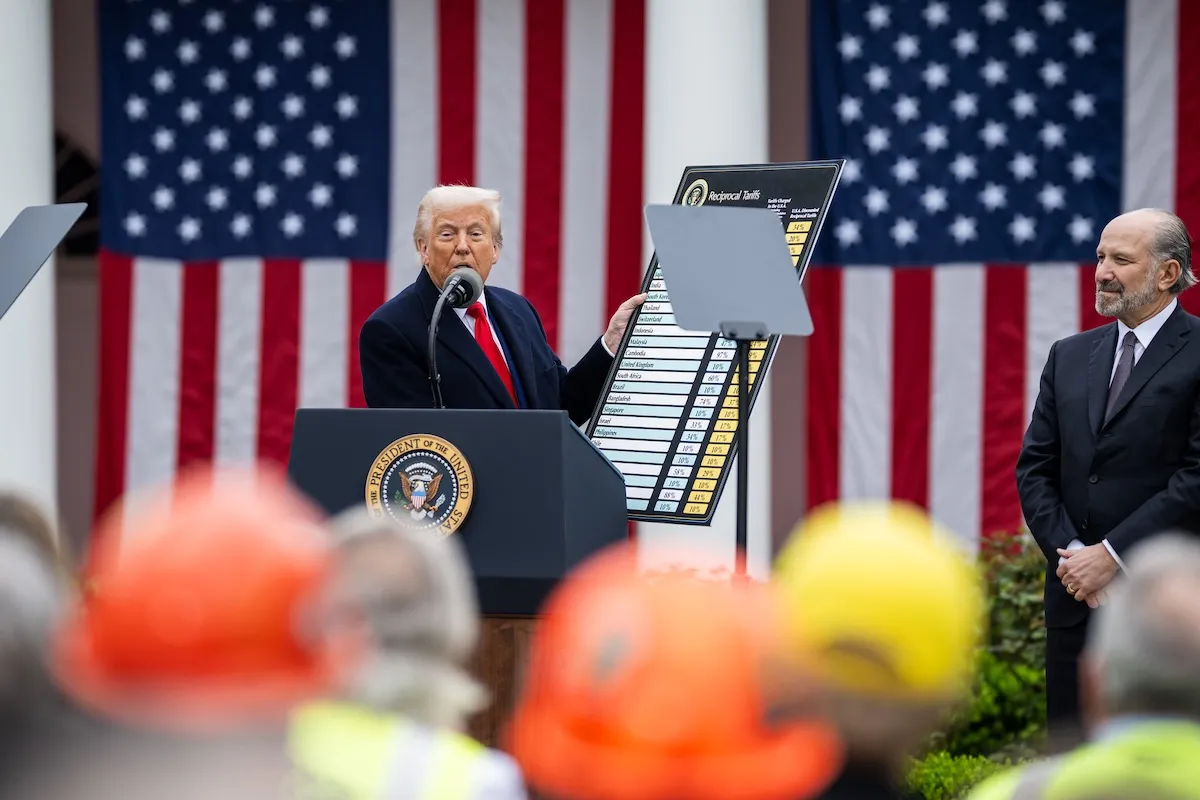Meeting Planners Should Rethink Fort Worth as a Network of Creative Neighborhoods
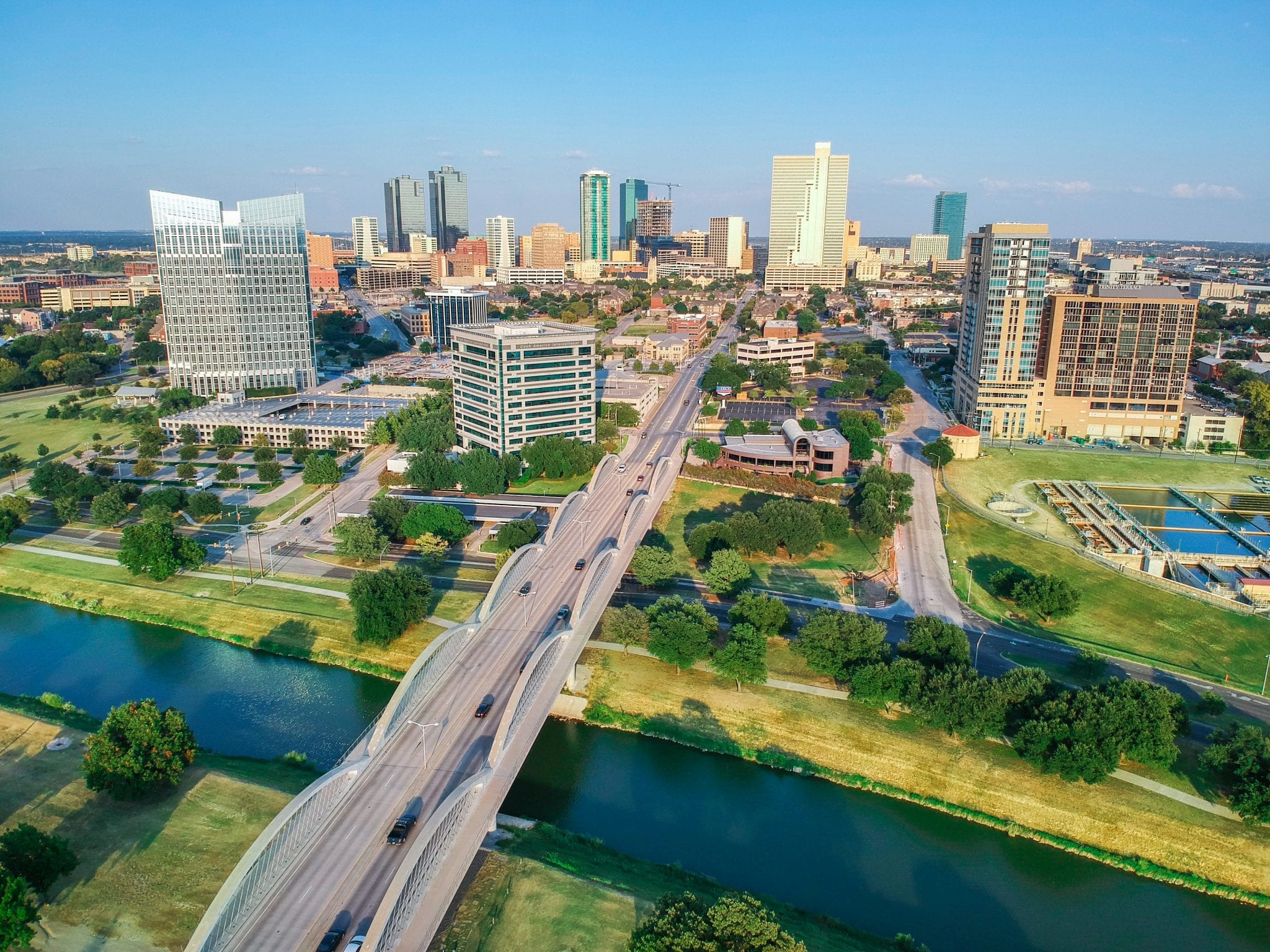
Skift Take
This sponsored content was created in collaboration with a Skift partner.
The Grow Plant Shop opened this summer in Fort Worth, Texas inside a restored 1978 Airstream Sovereign trailer in the Near Southside neighborhood, not far from downtown. Meeting planners can rent plants there for events, or for that matter, they can book the retro aluminum trailer and front lawn for unique intimate functions.
Fort Worth is very much its own city these days, emerging of late with a creative, independent-minded energy bubbling up around a host of cool neighborhoods like Near Southside. Helping fuel that, Visit Fort Worth is now leveraging all of the new community vibrancy to showcase the city in a fresh light to meeting and event planners nationwide.
In September, for example, the organization sponsored a gathering for local artists and entrepreneurs called “Trailblazers: Fort Worth’s Emerging Creative Class,” at the Kimbell Art Museum in the Fort Worth Cultural District. The event promo read: “There’s a new generation of creatives in Fort Worth, and they’re putting their spin on all aspects of the city’s cultural life from development and design to public art and curated events.”
Likewise, Visit Fort Worth developed the Fort Worth Stories and Fort Worth Neighborhoods series of videos, which emphasize the creative and entrepreneurial spirit of various local makers and shakers.
In effect, Fort Worth is evolving as an incubator for residents and communities who are eager to shape the city’s future. Pop-ups are sprouting up all over the city, like the Hot Biscuit Club at Magdalena’s Mexican restaurant in the North Side neighborhood. Try the pickle-brined fried chicken and farmer-style O.D.B. (Old Dirty Biscuit) with aged cheddar and egg yolk slathered in bacon gravy.
Art Tooth is another pop-up experience showcasing contemporary works around the city by emerging and mid-career artists. Participating with established local galleries, Art Tooth is “designed to elevate the creative practice of participating artists through exhibitions, networking events, educational workshops, and increased social media presence.”
This is how Fort Worth builds communities, bringing together the old and new to create something unique for both locals and visitors to explore.
“If you haven’t been to Fort Worth in the last two years, or even one year, you’re going to find a lot of new and different things to experience while you’re here,” said Bob Jameson, president and CEO of Visit Fort Worth. “It’s important for meeting planners to get a sense of all the new creative energy in Fort Worth’s diverse neighborhoods today, because that translates into a richer and more productive experience for their attendees.”
Planners should think of Fort Worth as a connected network of individual neighborhoods surrounding the downtown core, anchored by the 35-block Sundance Square and Fort Worth Convention Center. Some of those neighborhoods include the Fort Worth Cultural District, Near Southside, Camp Bowie, West 7th, Clearfork, and the Panther Island adaptive re-use development, presently anchored by the only waterfront stage in Texas.
Then there’s the iconic Stockyards National Historic District, of course, showcasing the city’s history in the American frontier. Fort Worth will always embrace its western heritage, but it’s been given a shot of 21st-century adrenaline by all of the different local communities and young residents hungry to elevate the city on the national stage.
“Near Southside has really taken off as a new hub for our creative community, and Panther Island is going to be a game-changer in a few years for how people experience downtown Fort Worth,” said Jameson.
He added that Visit Fort Worth is actively developing and/or supporting many creative initiatives, such as the Fort Worth Film Commission and Hear Fort Worth, the latter of which promotes local music and production throughout the city. Those types of organizations and networks are providing planners with additional resources to connect with Fort Worth’s creative community and neighborhoods.
“The reaction from meeting planners has been great, because they want to go where the locals go — they want inside information,” Jameson said. “Attendee expectations have grown beyond the convention center district because they continually want new and interesting venues. They’re really seeking out neighborhoods with their own unique identity, and experiences related to that.”
Investing in Fort Worth’s Future
Fort Worth is presently the 15th largest and 4th fastest growing metropolis in the nation. The city is poised to become the 12th largest in the country “pretty soon,” according to Robert Sturns, director of economic development for the City of Fort Worth, based on the influx of so many new residents.
Adding to that, there was also a record number of 9.1 million inbound visitors arriving in Fort Worth in 2017, pumping $2.3 billion into the local economy.
Due to such rapid growth, Sturns’ department is focused on ensuring Fort Worth evolves in a way where the unique neighborhood identities are maintained, and there’s adequate funding to continually upgrade and add infrastructure to further support the quality of life in those districts.
“When it comes to urban and economic development, your bread and butter at any given time is really the strength and vibrancy of your communities, so we need to do the things to continually build up and connect our neighborhoods,” said Sturns.
“What we’ve found, particularly when you look at a younger and more diverse workforce, they’re looking for not only a great place to live, but they’re also looking for experiences. They’re looking for opportunities to express themselves outside the work environment. That’s why we have to have these livable, walkable communities that tend to be strong bases of creativity and entrepreneurship.”
For example, the emerging West 7th District has evolved as a busy nightlife and entertainment scene in recent years, connecting the downtown core and Cultural District. Crockett Row on West 7th is 5-block, pedestrian-oriented urban village with numerous private event spaces. West 7th also connects to the Camp Bowie District, which is a historic neighborhood filled with retro design and mid-century architecture, creative restaurants and lounges, and perhaps the city’s best local boutiques.
“The whole West 7th area is a huge and growing mixed-use district in Fort Worth just west of downtown,” said Sturns. “That’s where a lot of our college students hang out so it tends to be a very active and vibrant area.”
Meanwhile, the public and private sectors are investing billions of dollars in new community assets to anchor and connect all of Fort Worth’s districts.
Some of the larger projects include: the $1.7 billion Panther Island development; $1 billion commuter rail system connecting Downtown Fort Worth and DFW International Airport; the new $540 million Dickies Arena; a $300 million planned expansion of the Fort Worth Convention Center; a $225 million restoration and expansion of the Stockyards; and hundreds of millions of dollars more in recent years developing the Cultural District and Sundance Square.
“There is a misunderstanding that some visitors have about Fort Worth, in terms of it being much bigger and more complete, with more amenities than they anticipated,” said Jameson.
“We’re working very hard to help people understand Fort Worth is a unique, modern, and individual destination. It is separate from Dallas, and yet it benefits from being part of this mecca as well. People move back and forth freely because nobody’s really interested in city limits here. So, meeting planners will find they can customize Fort Worth with almost unlimited options to meet the demands of any kind of group.”
A Convergence of Culture and Community
The Fort Worth Cultural District encompasses one of the world’s greatest assemblies of museums in one place, including the Kimbell Art Museum, Modern Art Museum of Fort Worth, Amon Carter Museum of American Art, Fort Worth Museum of Science and History, and the National Cowgirl Museum & Hall of Fame. Supported by philanthropies attached to international oil and gas companies, as well as many other private and corporate donors nationwide, the cumulative art collections rank with the top museums in the country.
“In terms of relevance and importance, the Fort Worth Cultural District has as great a collection of art as what you’d see at The Met in New York, the Art Institute of Chicago, or The Getty in Los Angeles,” said Jessica Brandrup, head of marketing at Kimbell Art Museum. “Plus, it’s all located together in about three square blocks with lots of lawn space, so it’s really easy and enjoyable for visitors to get around.”
The variety of Pritzker Award-winning architecture is also world-class, designed by luminary architects including Philip Johnson, Louis Kahn, Renzo Piano, and Tadao Ando. Group tours are available to experience and learn about both the art and the architecture.
Brandrup says the various museums were designed to complement each other. The Kimbell, for example, shows international art, including the only Michelangelo painting in the western hemisphere. Presently, the Kimbell is hosting an exhibition on Balenciaga’s fashion innovation in partnership with the Palais Galliera in Paris.
Meanwhile, the Modern Art Museum and Museum of American Art explore different styles and periods of art so as not to compete with each other, although they collaborate on various programming throughout the year.
“The institutions work really well together to show different genres, so there’s an incredible amount of diversity,” said Bandrup. “Also, most of the buildings have a variety of event spaces for lectures, performances, and networking, as well as catering options.”
In November 2019, the new Dickies Arena is scheduled to open on the edge of the Cultural District. The 14,000-seat facility was purpose-designed to host conventions with 87,000 square feet of meeting space inside the main arena, which includes various multi-purpose rooms, two dining areas, two clubs and four lobby spaces.
Together, Dickies Arena and the surrounding neighborhoods will provide a highly flexible, all-encompassing, mixed-use experience connecting delegates with the new creative energy and urban vitality spreading across Fort Worth.
“Dickies Arena highlights how the city is merging all of these different creative arts and entertainment experiences together with meeting and event services,” said Brandrup.
Expanding on that convergence of disparate experiences, she adds the city is unique in how it blends traditional and modern themes to create an urban experience that’s fresh and original.
“The vibe in the last half decade in Fort Worth has really been about connecting all of this new energy at a grassroots level with our larger, more established companies and industries based here,” Brandrup explained.
“Everyone still embraces our region’s western heritage, but at the same time, there’s also this very innovative spirit everywhere, as well. You might think those are separate, but there’s this wonderful symbiotic relationship between the two in Fort Worth, which I think makes us unlike anywhere else in the country.”
This content was created collaboratively by Visit Fort Worth and Skift’s branded content studio SkiftX.

